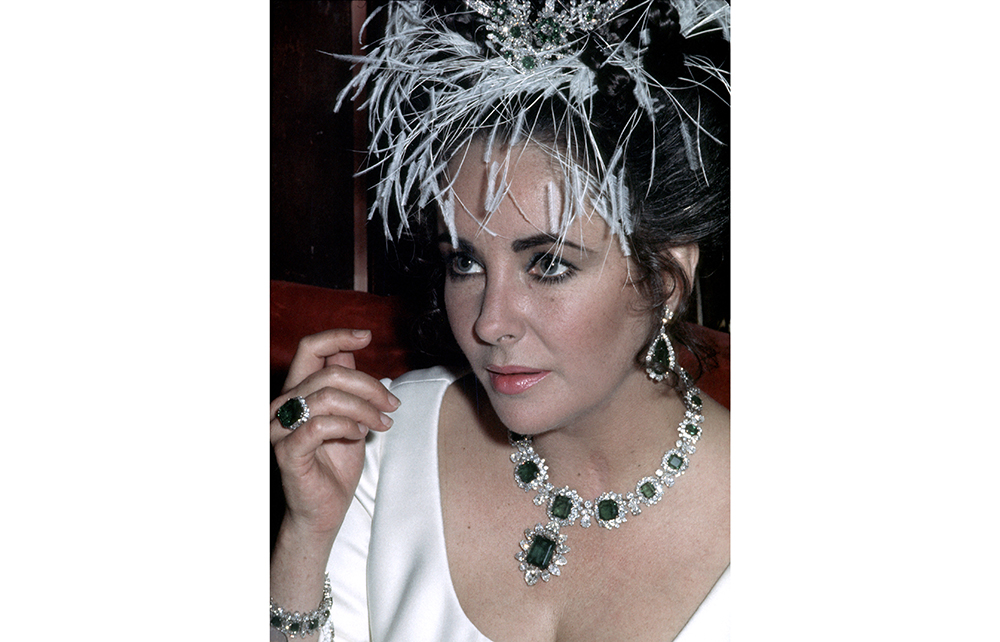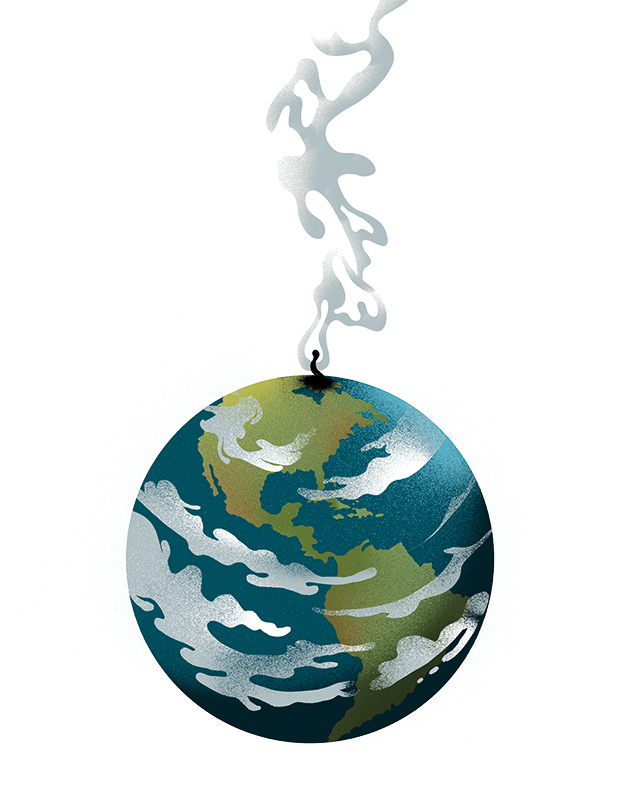When workmen demolished an ancient building in Cheapside in 1912 they saw something glinting out of a broken wooden box. They had stumbled on what became known as the Cheapside Hoard – a collection of jewels dating from around 1600, its star, the Cheapside Emerald, a wonderful stone holding a miniature watch. It came from Colombia, still the source of the world’s finest emeralds, probably the world’s most ancient gems. The first recorded instance of them is on an Egyptian papyrus around 2400 BC. Their beauty and rarity made them the favourite of the élite, with Cleopatra probably their most famous fan. The Rockefeller Emerald fetched $5.5 million in 2017.
Helen Molesworth, now the senior jewellery curator at the Victoria and Albert Museum, after years spent as a jewellery expert for Sotheby’s and Christie’s auction houses, and a lecturer on gemology at Geneva University, has produced a magnificent compendium of everything one could ever want to know about jewels: their symbolism, physical construction, worth and history. Gems such as the Koh-i-Noor, Hope and Wittelsbach-Graff Diamonds come with a comet-tail of legend and provenance.
Molesworth has visited almost every mine she writes about, sometimes with her students. There were hair-raising journeys on mountain roads to the emeralds of Bogota, and kidnapping risks on the way to the fabled ruby mines of Myanmar. Burmese rubies have a claim to be the world’s best: their depth of colour and almost fluorescent inner glow is what sets them apart, especially those from the fabled Mogok mine. ‘The ruby is a male gem,’ Molesworth writes, worn for centuries by rulers and historically associated with power, blood and fire.
Gemstones, formed millions of years ago deep inside the Earth, have been discovered through earthquakes, landslides and even floods. Sapphires, for instance, found among the pebbles of Sri Lankan riverbeds, were traded as long ago as the time of Alexander the Great. Today alluvial mud is still strained through bamboo sieves to find them. The most highly valued sapphires ever found come from Kashmir, first discovered fortuitously when a landslide tore off part of a mountainside at 15,000 feet, revealing a deposit that could only be mined during the fleeting summer months. Associated with virtue and status, the sapphire is a stone beloved by royalty. One of the most famous examples is the engagement ring worn by the present Princess of Wales, handed down by Princess Diana.
Dark red garnets were a staple not only of 18th- and 19th-century jewellery but of a much earlier time. The treasure found at Sutton Hoo revealed the gold-hilted sword and belt inlaid with garnets of a seventh-century Anglo-Saxon warrior king. Most fascinating of all to Molesworth is the purse decorated with a hunting scene in garnets – ‘the open-mawed hounds, rearing horses and moustachioed men had me rooted to the spot’.
‘A woman needs ropes and ropes of pearls,’ decreed Coco Chanel, who lived up to that precept wholeheartedly. The royal family do, too: it is seldom one of them is seen without some form of pearl adornment. In the Armada portrait, Elizabeth I is smothered in them. ‘Pearls are a universal fashion statement,’ writes Molesworth; they can be worn anywhere, ‘suitable for a picnic in the country or going to a ball.’ They are probably also one of the oldest gems ever to be worn, dating back to the sixth millennium BC.
In 1969 one of the most precious pearls in the world, La Peregrina (fished from the Gulf of Panama and once owned by the Spanish royal family and the Bonapartes) came up for sale, and was bought by Richard Burton as a $37,000 Valentine’s Day gift for Elizabeth Taylor. This 2.5cm teardrop pearl was so heavy that one day it fell out of its setting. Taylor, aghast, went down on hands and knees to look for it, terrified that Burton ‘in one of his Welsh moods’, would ask her what she was doing. Suddenly she saw one of their two Pekineses chewing on something. ‘I just casually opened the puppy’s mouth and there was the most perfect pearl in the world. And – thank you, God – not scratched.’
As for diamonds, Molesworth quotes Pliny the Elder, who described them as ‘the most valued of human possessions’. They still are – the rare pink and blue diamonds being the most expensive of all gemstones. The world record, still standing, is for the 59.6 ct Pink Star Diamond, sold by Sotheby’s in 2017 at a Hong Kong auction for $71 million. Today, a helicopter flying over a South African mine means an important stone has been found and is on its way out; and in the Alexander Bay area it has been illegal since the late 1990s to keep homing pigeons. Miners would smuggle them in in their lunch boxes, attach tiny sacks of diamonds to their legs and release them. (If one of them, weighed down by too heavy a bag, landed in the street, it was literally torn apart by scrabbling crowds.) I shall never look at a diamond in the same way again.







Comments